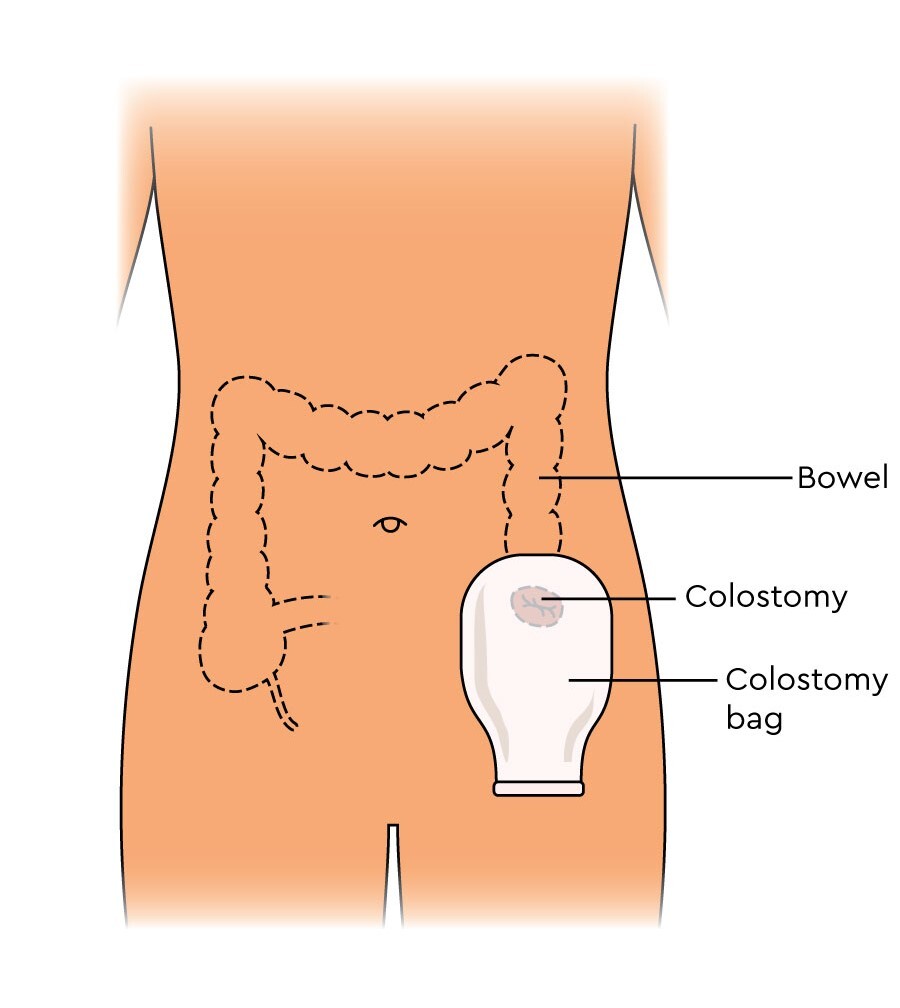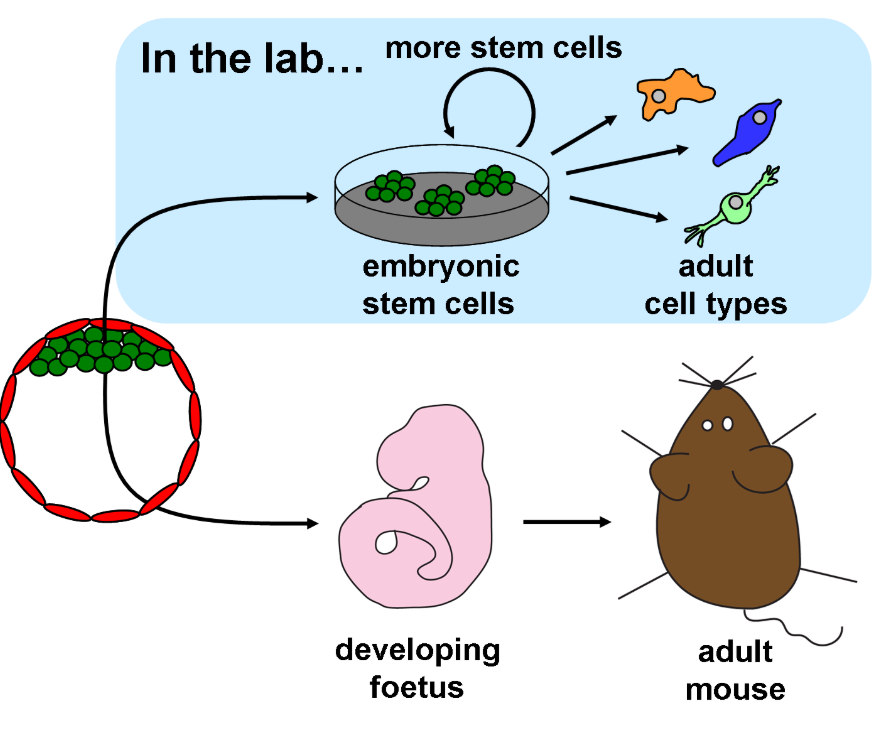Following discussion on organ transplants, my reading led me to the debate of head transplantation, which, to those with terminal disease but a healthy head and brain [1], has the potential to extend life. It would be a last-resort treatment for patients whose body is affected but whose mind and head are healthy, hence treating conditions such as quadriplegia, progressive diseases, and inoperable cancers that have not extended to the brain [2]. In 2019, Valery Spiridonov—a man with Werdnig-Hoffmann disease, a muscle-wasting condition—pulled out of what would have been the first attempted human head transplant [3].
The surgery would require an immunologically matched brain-dead donor with a healthy body, onto which the head of the patient can be transplanted. The procedure has been performed on animals without long-term success [4], and in 2017, it was completed on a human cadaver [5]. Gkasdaris et al. discussed human head transplantation and highlighted the surgical issues involved as donor body selection, head and body interventions on the recipient and donor, ischemia time (managing the blood flow between the head and donor body), spinal fusion and spinal cord reattachment, and post-operative issues [1]. Beyond the surgical hurdles, ethical concerns are raised; notably, the EANS ethico-legal committee concluded that it is ethically unacceptable to attempt a head transplant [6]. Literature considers the great risk involved during and after surgery and the reality of living with the body of another person; for example, a 2017 study by Wolpe considers the extent to which our body, alongside the brain, “makes us who we are” [3]. Legality must also be taken into account. Wolpe points out that the surgery involves intentional decapitation, which means that, by definition, the death of a patient would be murder.
The idea of a head transplant is one that we, as the general public, expect to see in science fiction media, and would therefore view as something detached from reality. Frankenstein’s monster is often referenced in this discussion. We would consider the consequences of such a narrative—written to shock and scare us—and conclude that this is not something that should happen in ‘real life’. We have been told by the fiction we grow up around to be wary of the scientific unknown and the ‘mad scientist’ archetype who would attempt something so shocking and seemingly without consideration of ethical questions. It is difficult to suspend these preconceived ideas of what should and should not be done, and dull the instinctive, fearful dismissal of an attempt. Just the phrase ‘head transplant’ elicits shock, even as somebody so used to hearing about extreme surgical procedures. Through reading and consideration, I hope to form my own opinion on the subject, beyond general concern and morbid fascination.
I believe that the surgical challenges are the lesser issue when it comes to the feasibility of head transplants. Surgical technique is rapidly advancing and there will come a point in medical knowledge where every challenge associated with the procedure will be surmountable. My reading found this to be an existing approach in the conversation; Spagnolo et al. says, in a paper about the possibility of head transplants, “Despite the uncertainty regarding the technical feasibility of this procedure, for the sake of argument, we will assume that the procedure is possible and feasible to perform” [7]. Even so, the first attempt will come with great risk; if we reached a point where an attempt could be made, should it?
Whilst no comparison can be made to head transplants, this scenario brings to mind the case of Ladan and Laleh Bijani: conjoined twins who both died during a separation attempt on 8 July 2003, at twenty-nine years old. The surgery, which separated their heads, had been denied in 1996 based on high risk [8], but was accepted by another surgical team in 2003 despite major safety concerns. Varying reports exist on which parties involved agreed that the surgery should go ahead, but both twins made clear their desire for the surgery by explaining that their lives conjoined “were worse than death”. Similarities can be drawn between this case and the scenario of a person who would undergo head transplantation to avoid a fate they regarded to be ‘worse than death’. To form an opinion on the head transplant debate, I considered the question of whether Ladan and Laleh’s separation surgery should have been performed, knowing the outcome of it. Can the blame for their deaths be placed on the surgeons, or the twins? Perhaps societal pressure—and the public spectacle of such a novel surgery, with the relations between Singapore and Iran affected as a consequence [9]—could have contributed to the decision to proceed with the surgery? Hence, was it correct to place such a spotlight on the case, and would the first head transplant be subject to similar public interest that could influence the decisions of the parties involved?
It is my opinion that the correct choice was made in respecting the wishes of the twins. We will once day live in a world where the knowledge will exist to attempt the first human head transplant. There must always be a first, and that first will be performed on a patient who, like Ladan and Laleh, see their current condition as one worth risking death to escape from. Once it can be attempted, then, even with all the concern that remains, I believe that it should. Still, the only conclusion I can confidently draw from this can be summed up by Gkasdris et al.: “The scientific community should not consider [human head transplantation] as a product of imagination anymore” [1].
References:
[1] G. Gkasdaris and T. Birbilis, “First Human Head Transplantation: Surgically Challenging, Ethically Controversial and Historically Tempting – an Experimental Endeavor or a Scientific Landmark?,” Mædica, vol. 14, no. 1, pp. 5–11, Mar. 2019, doi: https://doi.org/10.26574/maedica.2019.14.1.5.
[2] B. Peters, “What to Expect From a Head Transplant,” Verywell Health, Jun. 08, 2022. https://www.verywellhealth.com/head-transplant-4801452
[3] Spinalcord. com Team, “Warning Signs of a Serious Spinal Contusion,” Spinalcord.com, Dec. 03, 2020. https://www.spinalcord.com/blog/russian-man-volunteers-to-be-the-first-full-head-transplant (accessed Mar. 06, 2025).
[4] P. R. Wolpe, “Ahead of Our Time: Why Head Transplantation Is Ethically Unsupportable,” AJOB Neuroscience, vol. 8, no. 4, pp. 206–210, Oct. 2017, doi: https://doi.org/10.1080/21507740.2017.1392386.
[5] X. Ren et al., “First cephalosomatic anastomosis in a human model,” Surgical Neurology International, vol. 8, no. 1, p. 276, 2017, doi: https://doi.org/10.4103/sni.sni_415_17.
[6] J. Brennum, “The EANS Ethico-legal Committee finds the proposed head transplant project unethical,” Acta Neurochirurgica, vol. 158, no. 12, pp. 2251–2252, Oct. 2016, doi: https://doi.org/10.1007/s00701-016-2986-y.
[7] A. Cartolovni and A. Spagnolo, “Ethical considerations regarding head transplantation,” Surgical Neurology International, vol. 6, no. 1, p. 103, 2015, doi: https://doi.org/10.4103/2152-7806.158785.
[8] N. Ahmad and L. Board, “World’s first separation of adult Siamese twins in Singapore,” Nlb.gov.sg, 2023. https://www.nlb.gov.sg/main/article-detail?cmsuuid=8909f20d-50e5-43f3-86ee-0fe93f58e0a1 (accessed Oct. 08, 2024).
[9] Wikipedia Contributors, “Ladan and Laleh Bijani,” Wikipedia, Jan. 12, 2025.






This is a good blog. It nicely demonstrates a good understanding of organ-on-a-chip technology and clearly explains its purpose and…
This is a good blog, very engaging with a good backgroud to 3D bioprinting. You could improve your blog with…
This is a good, very interesting blog about necrobotics. It explores the idea of necrobiotics which is fairly new approach…
This is a good blog. You introduce the reader to the topic of prosthetics and bionic limbs in a very…
This is a good blog introducing hernia mesh benefits and drawbacks. You create a narrative in this blog, which showcase…